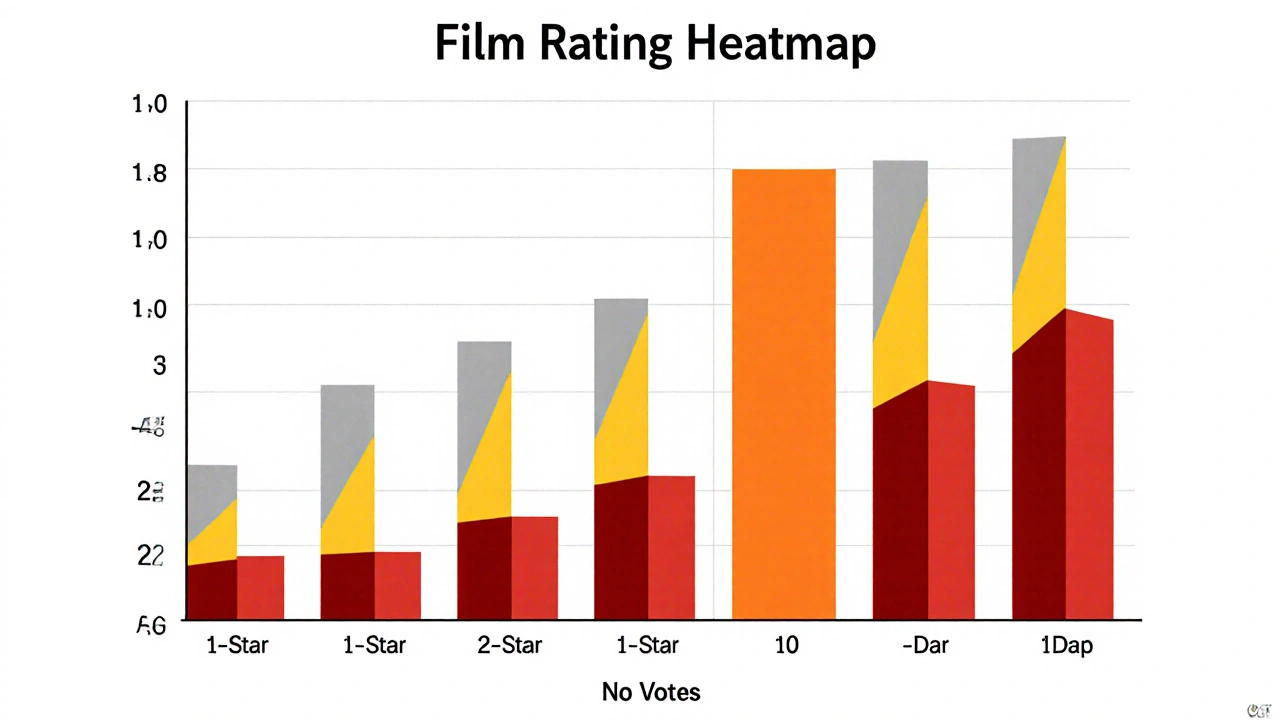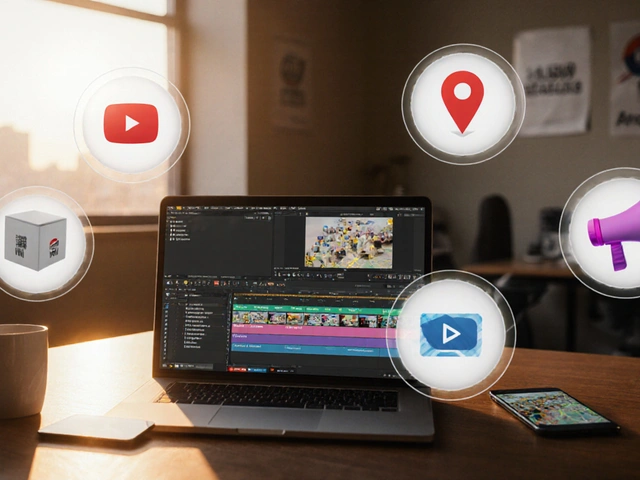Rating Distributions: What They Reveal About Video Content and Viewer Behavior
When you see a video with a 4.8-star rating, you might assume it’s perfect. But rating distributions, the spread of individual star ratings across a video or show, showing how viewers actually voted. Also known as audience rating patterns, they reveal far more than an average score—they show whether viewers loved it, hated it, or were split right down the middle. A video with 50% 5-star and 50% 1-star ratings has the same average as one with all 3-star ratings, but the stories behind them are completely different. One is polarizing. The other is boring.
Understanding rating distributions, the spread of individual star ratings across a video or show, showing how viewers actually voted. Also known as audience rating patterns, they reveal far more than an average score—they show whether viewers loved it, hated it, or were split right down the middle. helps you spot trends you’d miss otherwise. For example, a horror film with a high number of 5-star ratings from fans but a spike in 1-star ratings from casual viewers isn’t failing—it’s doing exactly what it set out to do. Meanwhile, a tutorial video with mostly 4-star ratings and almost no 5-stars might mean viewers found it useful but not outstanding. That’s a signal to improve the hook or add more value.
Platforms like YouTube, Netflix, and Disney+ use these patterns behind the scenes to recommend content. If a video gets a lot of 5-star ratings from viewers who also watch similar videos, it gets pushed harder. But if it gets a lot of 1-star ratings from viewers who usually watch high-quality edits, the algorithm knows it’s out of place. That’s why some videos with low overall ratings still get recommended—they’re hitting the right audience, even if it’s small.
And it’s not just about stars. The timing of ratings matters too. A video that gets a flood of 1-star ratings right after release might be reacting to a misleading title or thumbnail. But if those negative ratings trickle in over weeks, it’s likely about the actual content. Creators who track this can adjust future videos before they lose momentum.
What you’ll find in the posts below are real examples of how rating distributions shape decisions. From how streaming services use them to keep you subscribed, to why some indie films blow up despite low averages, to how editing speed affects viewer satisfaction—these aren’t just numbers. They’re signals. And if you know how to read them, you can make videos that don’t just get watched—they get loved.
20
Visualizing Ratings: Heatmaps, Distributions, and Outlier Films
Learn how to read beyond movie ratings by using heatmaps, distributions, and outlier analysis to understand why films divide audiences - and what that really means for what you should watch next.
Latest Posts
Popular Posts
-
 Best Educational TV Shows for Preschoolers, Elementary Kids, and Tweens
Best Educational TV Shows for Preschoolers, Elementary Kids, and Tweens
-
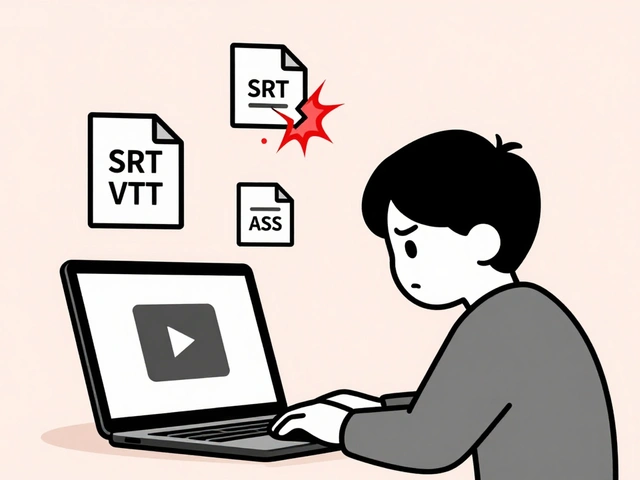 Why Subtitles Aren't Working: Fix Common Video Text Issues
Why Subtitles Aren't Working: Fix Common Video Text Issues
-
 How Roommates Can Fairly Share Wi-Fi and Streaming Costs
How Roommates Can Fairly Share Wi-Fi and Streaming Costs
-
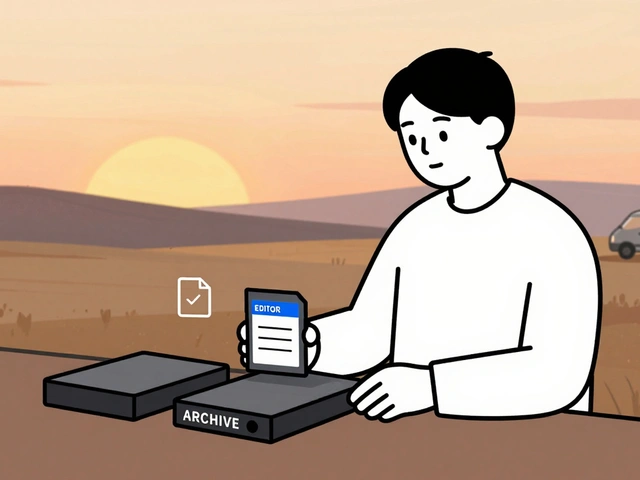 Data Management: DIT, Backups, and Archival Best Practices for Video Teams
Data Management: DIT, Backups, and Archival Best Practices for Video Teams
-
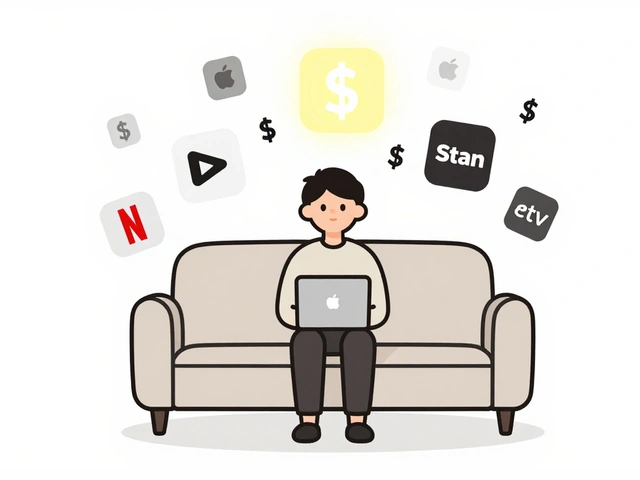 How to Find All Your Streaming Subscriptions and Stop Overpaying
How to Find All Your Streaming Subscriptions and Stop Overpaying
